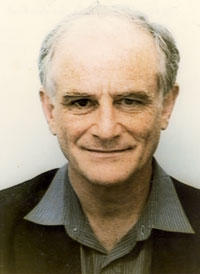Implications of an Aether non Dragged by the Motion of Celestial Bodies on Optical Laws
Year: 2012 Pages: 22
Keywords: Non-entrained Aether, NEAT, Hoek, Fizeau, Fresnel, Snell-Descartes' law, Light Speed Anisotropy, Refractive Media, Synchronization Procedures
The conventional optical laws take for granted that the one-way phase velocity
of light in a refractive medium at rest in the Earth frame is C/n. But if one assumes the
existence of a fundamental reference frame and of an aether non-entrained by the motion of
celestial bodies, then Hoek's experiment shows that this velocity must be equal to C/n − V/n2
in the direction of the Earth absolute motion, and C/n + V/n2 in the opposite direction,
where V is the absolute speed of the Earth frame. It is important to draw the consequences
of this data and to check whether it complies with well established laws of physics. Such an
anisotropy implies that, according to non-entrained aether theory (NEAT), the ratio of the
speed of light in vacuo to the speed of light in refractive media (i,e, the optical index) must vary
as a function of the orientation of the light signal. This is indeed what the calculation shows.
Therefore, if NEAT is exact, except for some orientations, n is not the optical index in refractive
media moving relative to the fundamental frame. However, as we shall see, NEAT does
not preclude the fact that the Snell-Descartes' law sini=nsinr applies to a high degree of
accuracy whatever the orientation of the light signal. Thus, even if it exists, the anisotropy
remains unapparent. It is worth noting that, while resorting to assumptions quite different
from special relativity, non-entrained aether theory accounts for well established experimental
results. Moreover, as will be checked, a thorough analysis of Fizeau's experiment in light of
Hoek's studies establishes the need for an aether drift, providing a strong argument in support
of aether theory.


